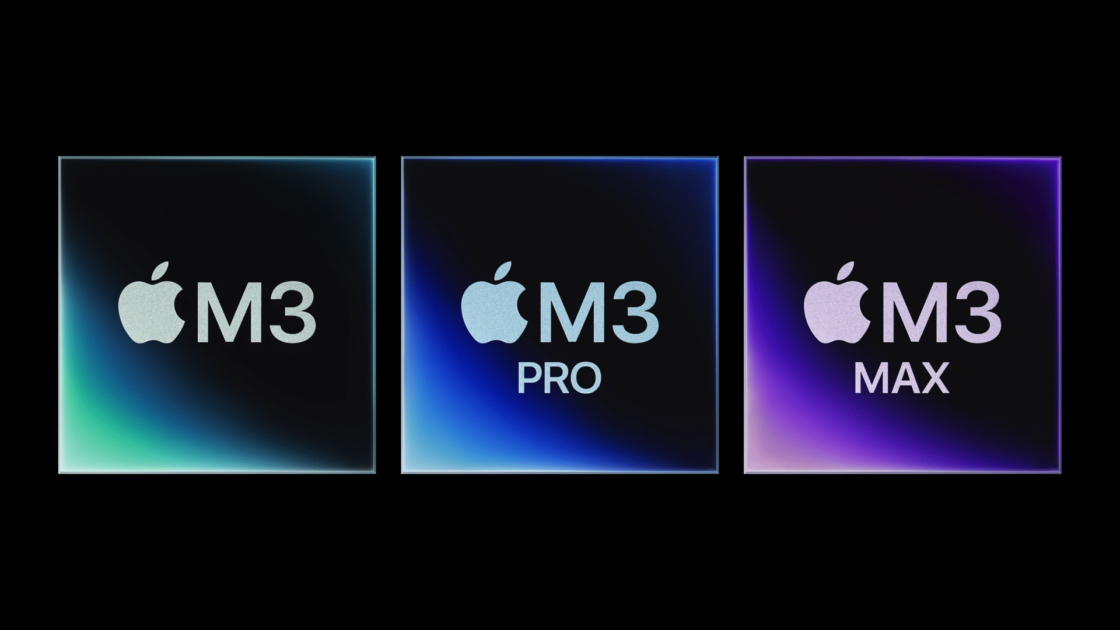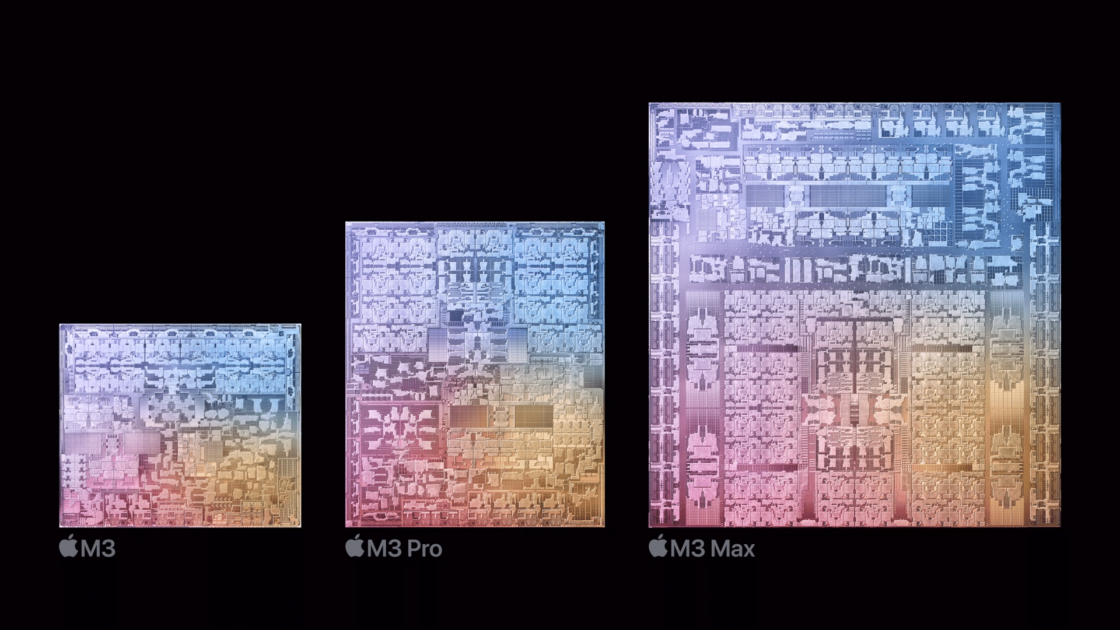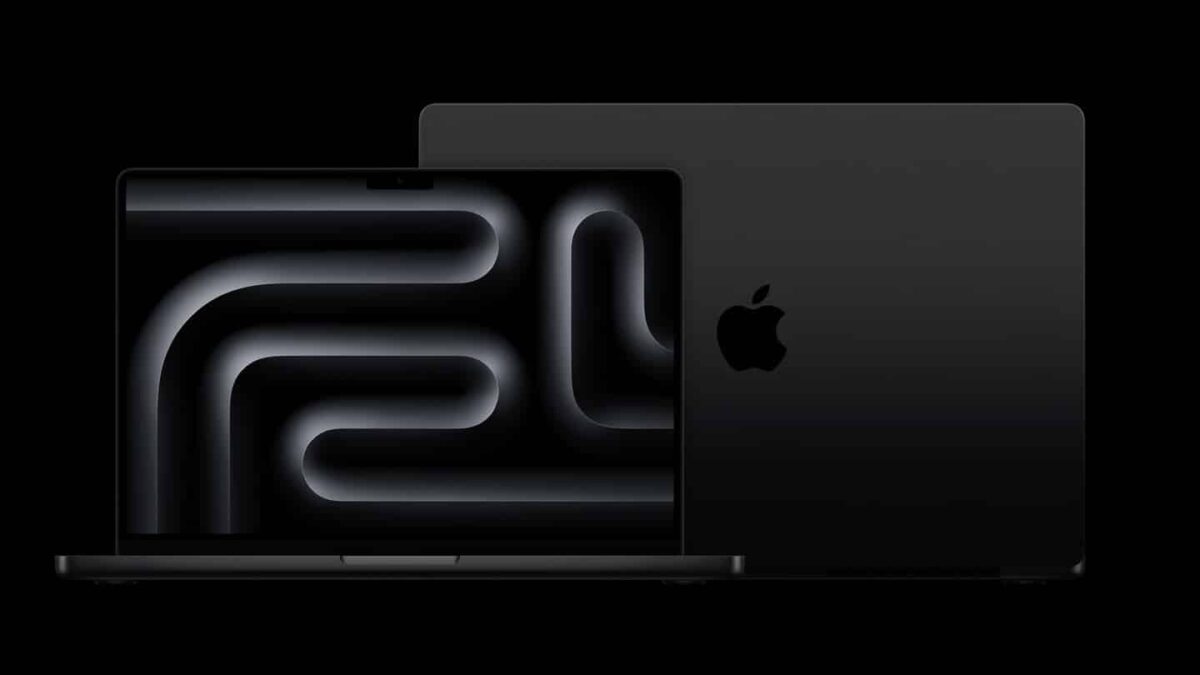Apple’s recent “Scary Fast,” event introduced the new M3 family of Mac chipsets, with the M3 Pro positioning itself as the mid-range option. While the base M3 chipset offers a modest refresh over its predecessor, the M3 Pro aims to deliver a more substantial performance boost. However, initial performance tests paint a mixed picture, leaving some wondering whether the M3 Pro is a true game-changer or an incremental upgrade.

Mark Gurman discusses performance of M3 Pro and Apple’s new hardware updates in new report
M3 family
Apple’s latest M3 chip lineup has garnered mixed reactions, with the base M3 chip offering modest improvements over its predecessor, the M1. While it does exhibit enhanced performance, some argue that it may not be a compelling upgrade for existing users. However, the M3 does showcase incremental advancements, notably matching the M2 Pro in some performance benchmarks.
The M3 Pro, on the other hand, has received criticism for its marginal performance increase over the M2 Pro. Its minor enhancements, particularly in core count and GPU improvements, have left some reviewers underwhelmed, with only slight boosts observed in benchmarks. Gurman said:
The M3 Pro isn’t much of a game-changer, simply adding a pair of power-efficient processing cores and not gaining much in the graphics department over the M2 Pro.
In contrast, the M3 Max emerges as the standout performer in the lineup, delivering significant enhancements in processing and graphical capabilities. With a 16-core CPU and remarkable graphics cores, it surpasses its direct predecessor, the M2 Ultra, signifying a substantial leap in performance and capacity.
The M3 Max is quite a feat, adding more main processing cores and graphics cores, plus the ability to top out memory to 128 gigabytes in a laptop. Users can now carry around a laptop with 16 main cores and 40 graphics cores, putting its performance in line with desktop machines like the M2 Ultra Mac Studio or Mac Pro.

Hardware
The updated Mac hardware, featuring the new chipsets, brings notable changes, primarily benefiting users who prioritize processing power. The new iMac, powered by the M3, boasts a substantial performance increase compared to its 2021 predecessor, leveraging the capabilities of the new chipset.
While the MacBook Pro introduces enhancements in display brightness and a new “space black” color option, its updates might seem conservative, considering it’s the second update this year.

Apple’s strategy for rolling out the M3 chipsets with the iMac and MacBook Pro is clarified by the limited availability of 3-nanometer processors, with a significant portion allocated to A17 Pro production. Consequently, the rollout prioritized lower-volume machines before potentially extending to devices like the Mac Studio and Mac Pro.
M3 Ultra, M4 chipsets, and beyond
Apple’s future plans include potential new iterations, such as the M3 Ultra and M4 chipsets. The roadmap outlines forthcoming releases, including new MacBook Air models in 2024 and a new Mac mini. Additionally, a new Mac Studio is in the development pipeline.

